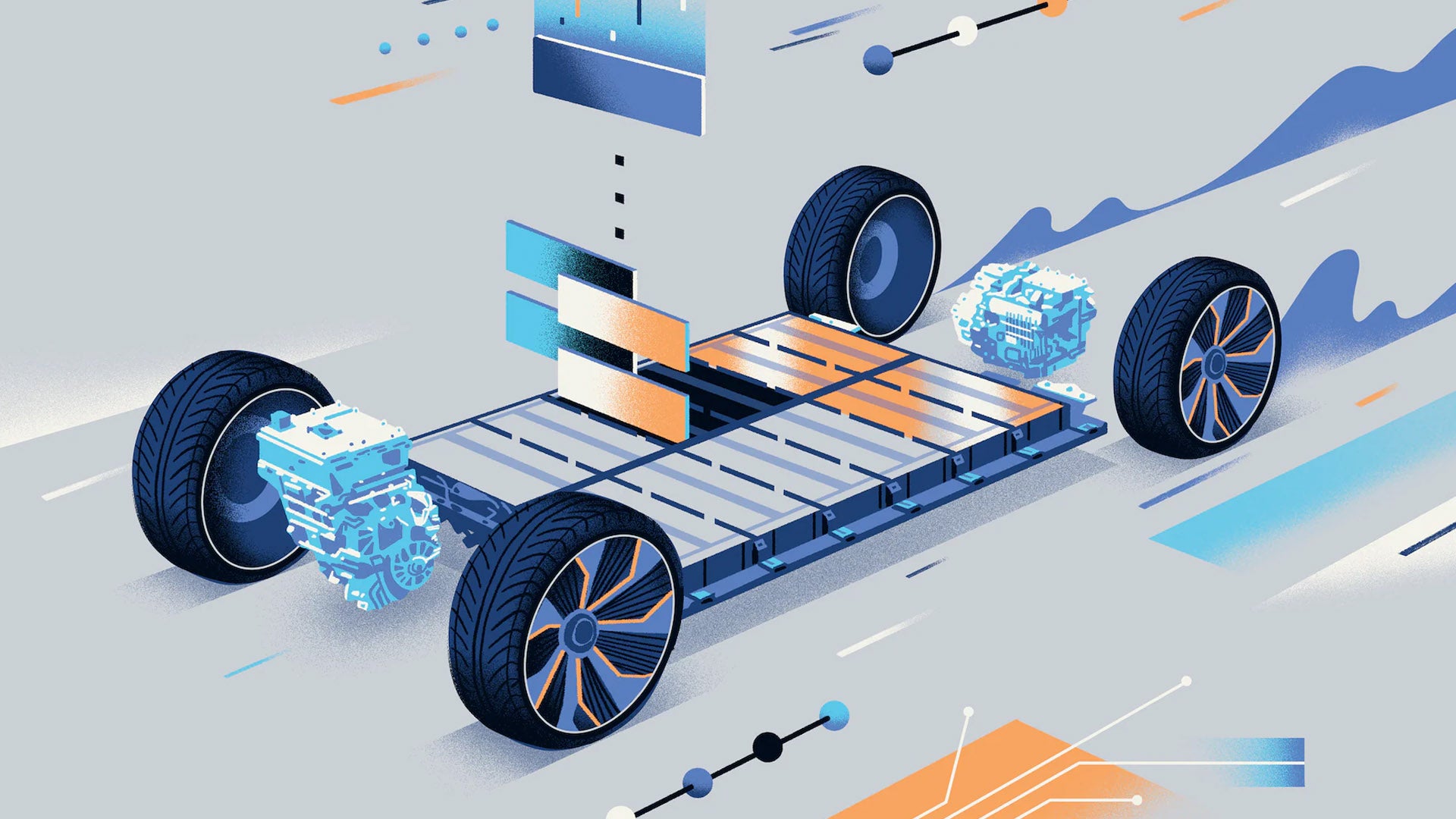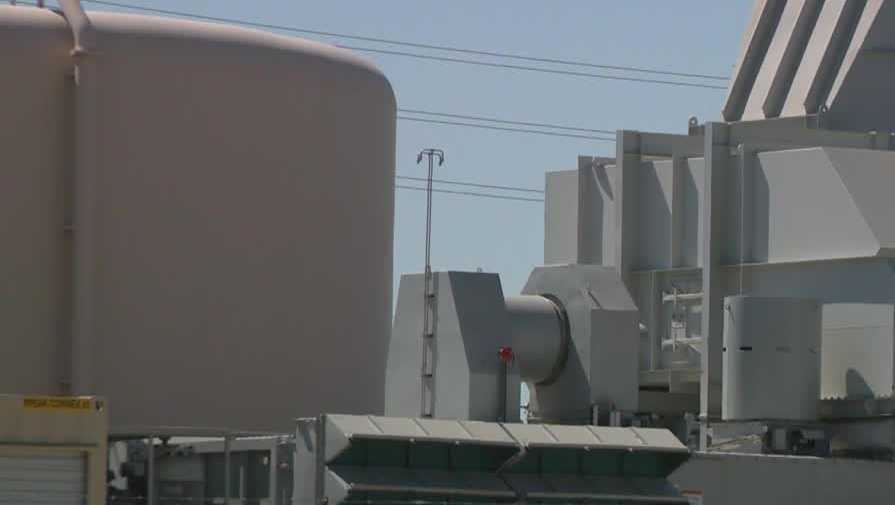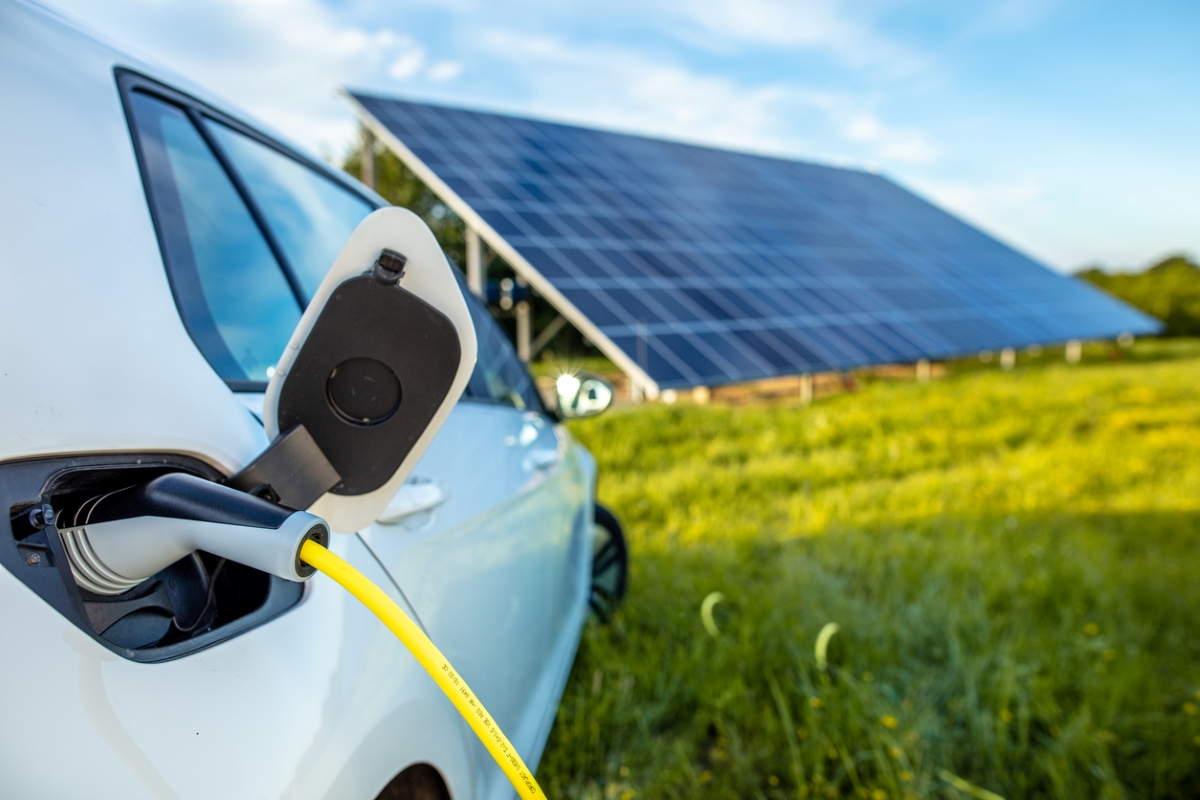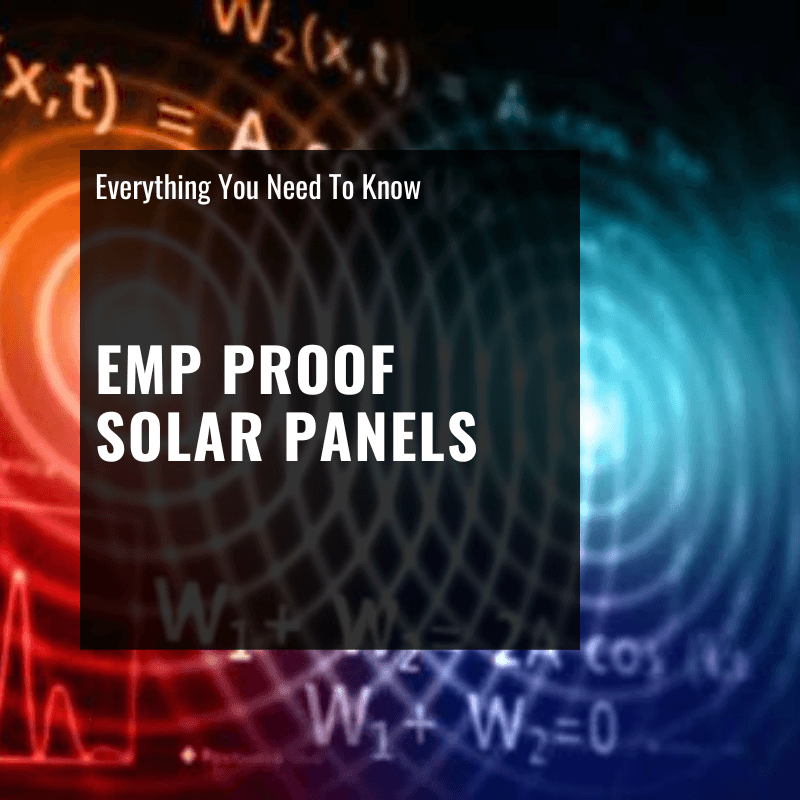GM began the process of changing cell providers late last fall (2022) after the continued faults and failures of LG chemicals pouch type cells that were the back bone of "Ultium". The platform isn't new so to speak as it was at the heart of the Hummer EV which has been on sale for over a year and has been a sales disaster. This is what I meant about not being sure what GM is even referring to as "Ultium" any longer. The page you linked from GM is no longer what "Ultium" supposedly is as GM publicly stated that they're changing to 4680 cylindrical cells for their EV efforts moving forward during quarter 1. "Ultium" was supposed to be as the page you linked stated about flexibility and adaptability to the needs of multiple platforms from massive vehicles like the Hummer EV down to the forthcoming recently resurrected Bolt.
General Motors may move its new Ultium battery-electric architecture from pouch to cylindrical cell batteries.

www.thedrive.com
For comparison Tesla sells similar numbers of the Model X in a quarter to what the Hummer EV has sold in over 2 years! Also the Hummer EV costs GM in excess of 100K USD per unit while the Model X has a margin between 15-19%. I'd cite another comparable vehicle but to be quite frank there aren't any. BMW iX kinda but the sales there aren't great either and the Mercedes and Rivian ESUV's simply haven't been out long enough to have a decent data set, though both look promising.
At this point GM's entire "Ultium" platform is nothing more than marketing buzz words and obfuscation while they hurriedly swap to proven battery tech before the shareholders realize what happened. They have pulled a literal bait and switch regarding investors, though that doesn't appear to have been the intent as the simple math of it is that it appears the GM is in the red to the tune of at least 90% margin wise on each Hummer EV and that translates directly over to the Escalade EV as well as the Silverado EV. They have no other choice than to swap out for a proven and scalable battery technology.





